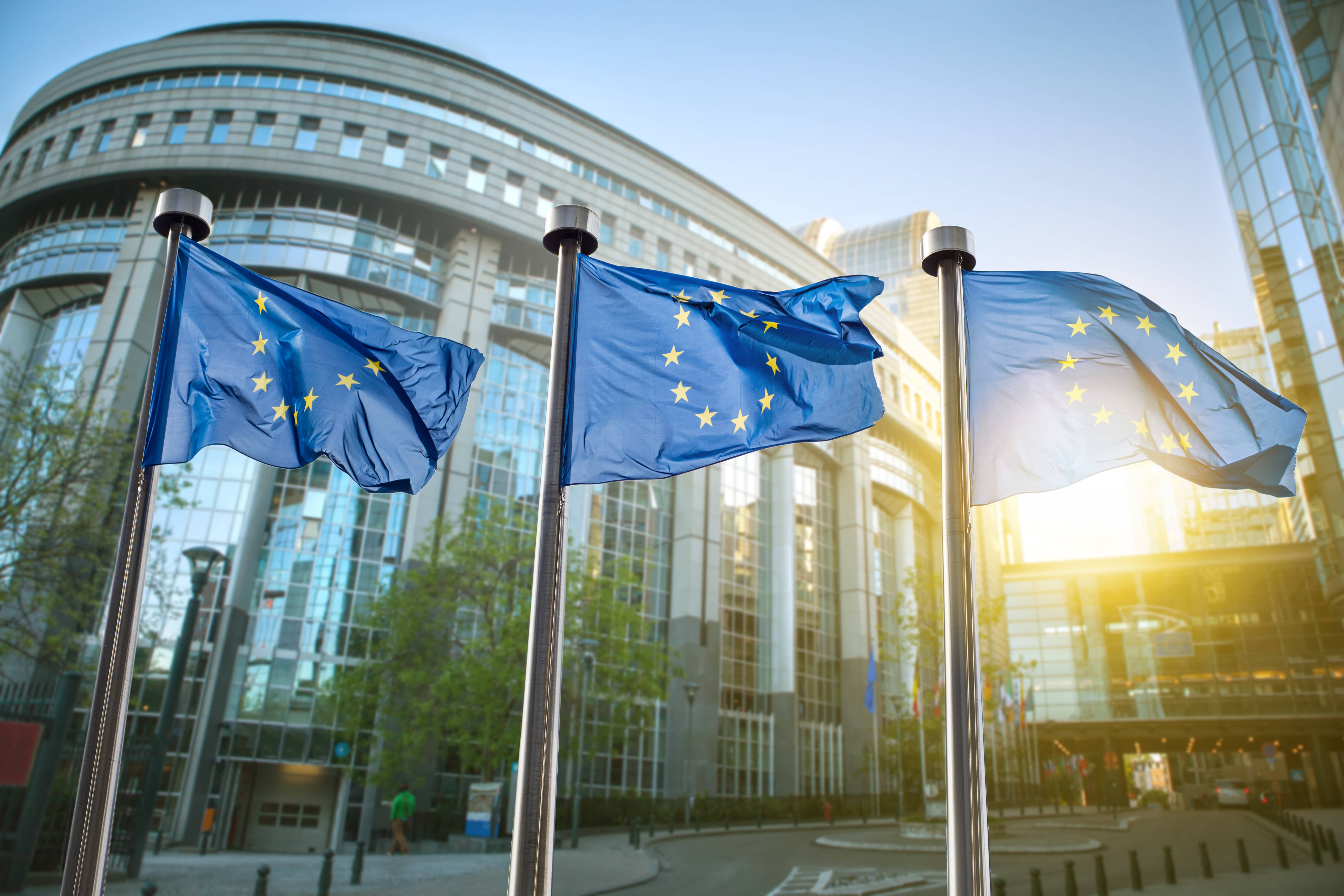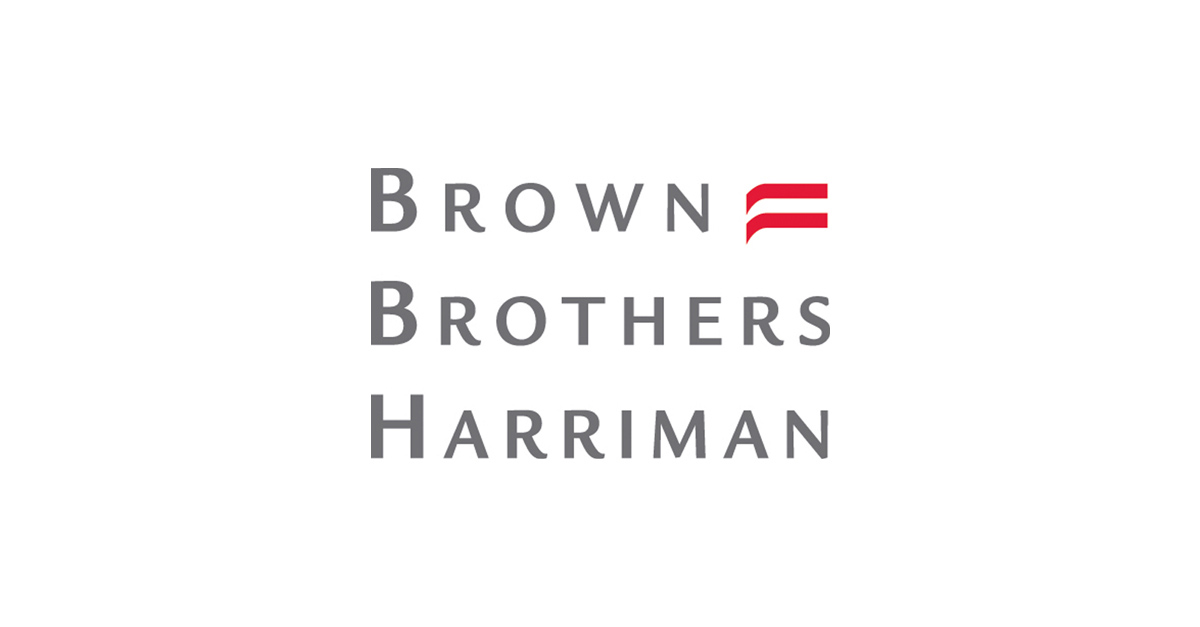The “vague” definition of what constitutes an Article 8 fund under the Sustainable Finance Disclosure Regulation (SFDR) is leading to market concerns the directive could increase the risk of greenwashing.
In responses to questions from the industry around how to define Article 8 last month, the European Commission said integration of sustainability risks is “not sufficient for Article 8 to apply” which has caused “bemusement” for the market.
To be labelled Article 8 under SFDR, a fund must “promote” ESG characteristics. In other words, a fund can be classified as Article 8 if it “complies with certain environmental, social or sustainability requirements or restrictions laid down by law”, the European Commission said.
However, the definition has been causing confusion among the asset management industry as highlighted by the huge divergence in the type of funds labelled Article 8.
As Adrian Whelan, global head of regulatory intelligence for investor services at Brown Brothers Harriman, said: “One major area of bemusement has been the definition of what it means to “promote” ESG characteristics.
“It is fair to say that the definition of ESG remains a little vague. There are still crucial areas which remain highly subjective and open to a wide spectrum of interpretation.”
According to a Morningstar report, many asset managers view the term promotion in this context as to mean there must be a “binding element” in the investment selection process.
As a result of this vague term, Article 8 has become a “catch-all category”, Hortense Bioy, director of sustainability research at Morningstar, said, with a variety of ESG approaches being labelled under this 'article'.
In the ETF space specifically, strategies that apply ESG negative screens are predominantly labelled Article 8 as are thematic ETFs, best-in-class and ones that incorporate portfolio-level ESG metrics.
“Asset managers have taken different approaches to fund classification based on their interpretation of the regulation,” the report said. “And these different approaches have resulted in a wide range of investment products classified as Articles 8 and 9, with similar strategies featuring in both categories, suggesting that some asset managers may have taken a too prudent approach while others took a too generous approach.”
This discrepancy between funds classified as Article 8, Anne Schoemaker, associate director, product strategy and development at Sustainalytics, said, “increases rather than decreases” the risk of greenwashing.
“Several outstanding issues remain, meaning ambiguity and divergence in the interpretation of SFDR rules will persist for some time,” she added.
The next step for asset managers is ‘level two’ of the regulation – which was delayed by six months until July 2022 – where they now need to show the data supports their decision to place a fund in either Article 6, 8 or 9.
In this part of the directive, reporting on 18 principle adverse impacts statements (PAIS) are required to create a picture of their strategy’s ESG profile. With company data still scarce, delivering these data points could prove challenging for asset managers as they look to implement ‘level two’.
“The EU established a landmark regulation with SFDR,” Schoemaker continued. “However, the complexity of the regulation and the interdependencies with other regulations combined with ongoing uncertainty and ambiguity around timelines and technical standards place a significant burden on financial market participants and those aiming to support the industry in complying with the various rules.”






